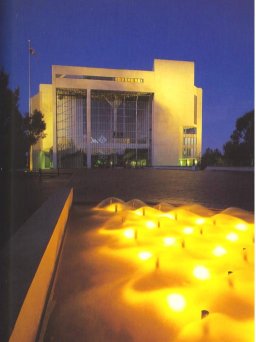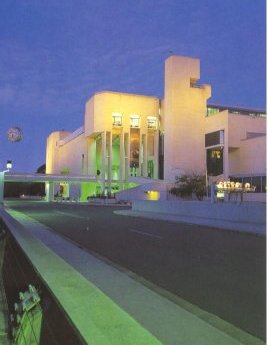|
|
|
Canberra, located 306Km south-west of Sydney is Australia's nation capital. It is a modern city, with many park-like areas centred around Lake Burley Griffin. The city is comprised of many hills, blending stately buildings with a suburb bushland setting. Canberra occupies approximately 15% of Australian Capital Territories' land mass. Canberra has around a quarter of a million inhabitants and attracts more than 3M visitors each year.
History
The establishment of Canberra was a slow, prolonged process. An international
competition was launched for the design of Canberra by the government, it was won by
Chicago architect Walter Burley Griffin in 1912.
Sites & Places
A new Parliament House was due for completion in time for the 1988 bicentennial
celebrations, replacing the old Parliament House which has been in use since 1927.
Australian War Memorial was erected to honour the men and women of Australia who
gave their country their lives in service.
Anzac Parade is a broad avenue which sweeps down from the War Memorial to Lake
Burley. Established in 1965 to mark the fiftieth anniversary of the Gallipoli
landing, it is bordered with Australian blue gums and New Zealand shrubs.
Other places include Australian National University, as its name indicates and the Australian National Gallery, which stands on the shores of Lake Burley Griffin. It has around 700sq m of exhibition space, occupying three levels, in which to display the $50M national art collection. Law Courts are situated on the west side of London Circuit. Civic Centre, in Civic Square, is the heart of Canberra and symbolised with its statue of Ethos. There are many other attractions around.
The state of ACT is rather small and there is not too much information, sites, attractions or pictures that can be offered. All images that have been included with this state are at the front page of 'Australian Capital Territory'.
 Canberra - Highcourt |
 Canberra - Australian National Gallery |